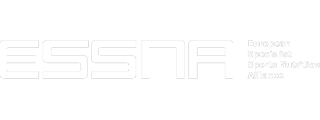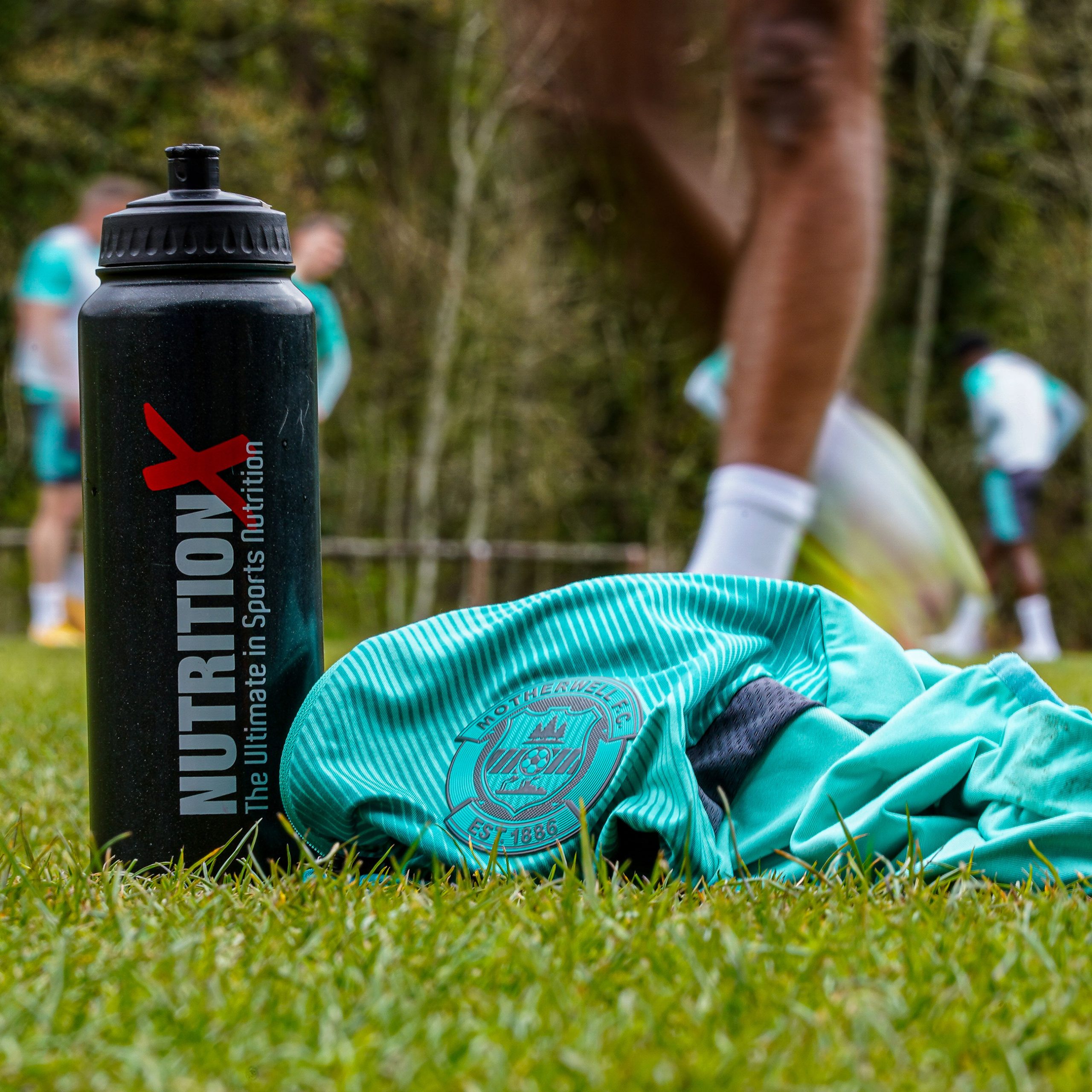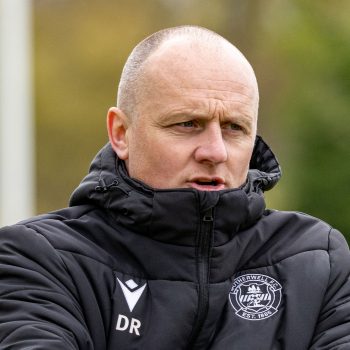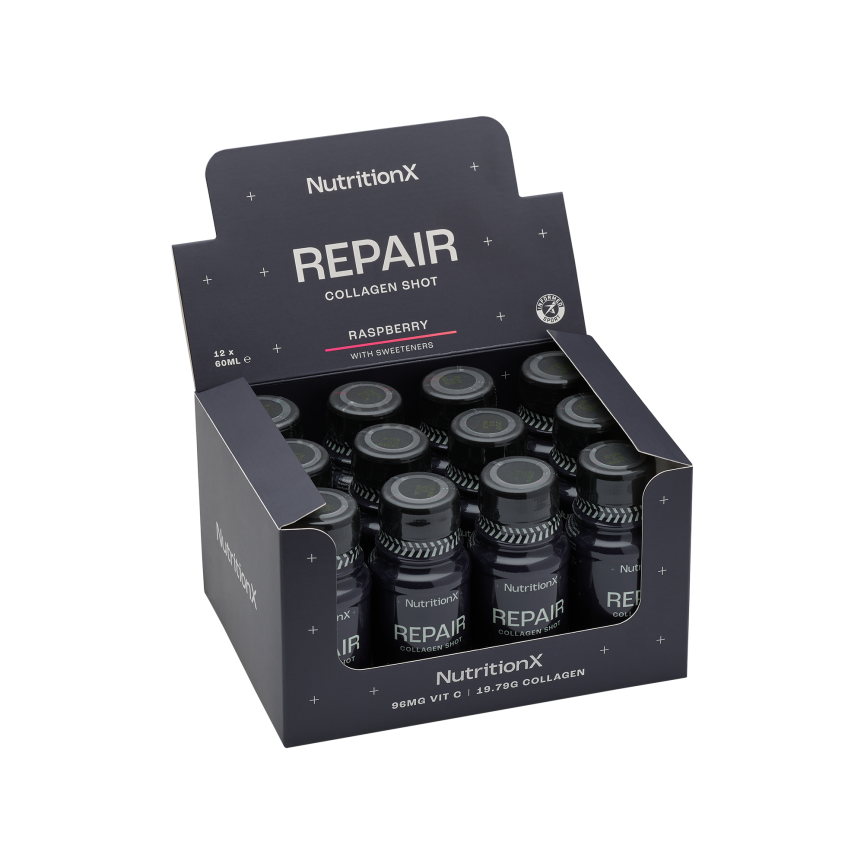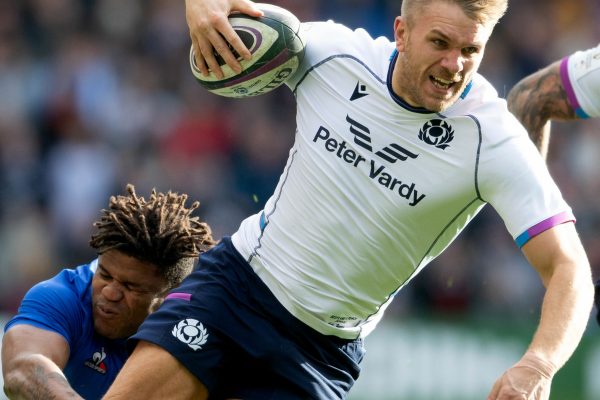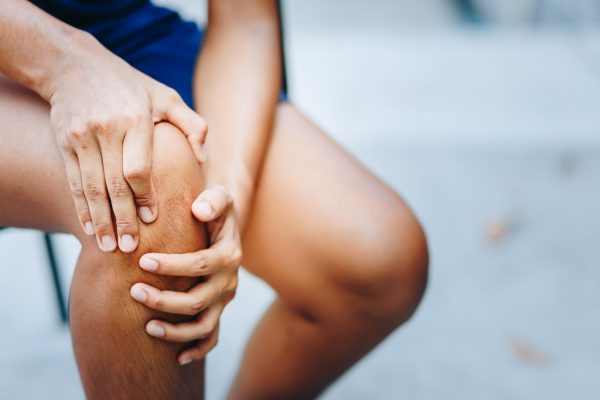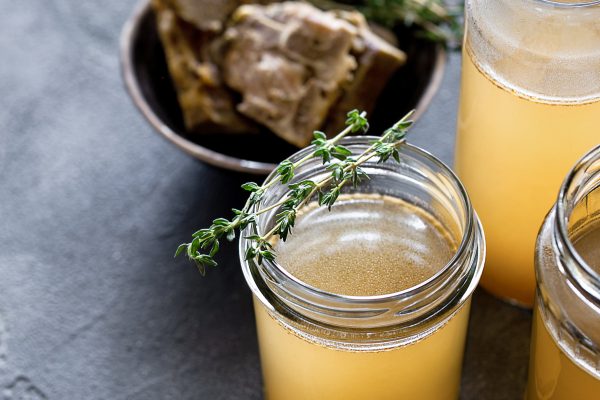In the first of our Practitioner to Practitioner Series, we’ve caught up with Dr David Rhodes - Course Leader of the DProf in Elite Performance at the University of Central Lancashire and elite football consultant, currently working as the Head of Medicine and Performance at Motherwell Football Club – to discuss injury prevention and collagen supplementation in football.
With his consultancy work, Dr Rhodes is a specialist and consulting clubs and athletes when it comes to linking medical with physical performance; creating a joined-up approach that strives to limit injury, maximise player availability and optimise physical performance.
Here, Dr Rhodes takes us exclusively through the focus on performance and injury prevention amongst players at Motherwell FC, specifically looking at how role that collagen plays for elite athletes, covering what role collagen plays in the body and why athletes should seriously consider supplementing with collagen as part of their nutrition strategy…
Injury prevention and performance
Injuries are a constant headache for many football clubs, with an increase in injury rates observed over the last decade (Ishoi et al., 2019). However, a constant conundrum for practitioners is the need to maximise performance, whilst reducing injury. Constant debate exists between medical and physical performance practitioners with regards to the need to reduce or increase training exposure.
Our approach at Motherwell has been to maximise varied training exposure for each player, whether it be on the training pitch or in the gym. Incorporating varying methods to facilitate player recovery, enabling them to go again.
Since incorporating this approach, the number of non-contact injuries have reduced significantly. We collectively believe that undertraining is one of the biggest contributing factors to sustaining non-contact injuries and that, if players are not provided with strong foundations, then the house they are trying to build will fall at some point. So, in short, working closely with the manager/coaching staff, understanding what they require from each player/position and designing a conditioning program to support this is key.
At the club, I have tried to work closely with the staff to remove their focus from injury to performance due to the belief that, if the player is conditioned for performance, injury rates will take care of themselves. Currently this approach seems to be working. Monitoring players’ physical output in games and training is commonplace across football, and Motherwell is no different. However we now as a department scrutinise these numbers continuously, as they show what a player has output, not what they are capable of. We believe there is growth for every player and what we try to do is facilitate this as best we can.
What role does collagen play in injury prevention?
Collagen is a structural protein in the body, with its primary role to maintain connective tissue health (Richard-Blum., 2011). Within tendons, collagen crosslinks aid the tendon structure (Kannus., 2000). During football performance, tendons are required to absorb huge forces. Collagen is the foundation for tendon strength and regeneration of tissue post-exercise. Leading into the tendon is the musculotendinous junction, with injury to this structure common in elite athletes (Orchard et al., 2002). The vulnerability of this structure is increased by its structural make-up and the high forces it is exposed to in performance (Hultman et al., 2020). The unique morphology of this tissue displays highly folded muscle membrane with invaginations of collagen fibrils from the tendon (Jakobsen et al., 2021).
Due to the repeated high eccentric loads experienced through the tendon and musculotendinous junction during performance, micro tearing occurs and, without sufficient recovery, can increase tissue vulnerability and susceptibility to injury (Rhodes et al., 2018; Rhodes et al., 2020). This emphasises the importance of maximising recovery in elite athletes, so they can safely meet their training and game-play demands.
The need for maximising training exposure can be understated, as it helps our players prepare mentally and physically for each game. Promoting the use and supplementation of collagen to maintain musculotendinous junction and tendon health post-exercise is therefore a key component of our recovery strategy. Collagen supplementation was not widely utilised in the club previously, but I would say most of the team now supplement collagen in their diets, and it has become their nutritional norm.
How do I incorporate collagen into a nutrition strategy?
Whenever there is an introduction of a new training strategy, intervention, or nutritional approach, then communication of the reason for it is key. Athletes now ask a lot more questions and want to understand more why they are being asked to do things (quite rightly). Common questions include: “Why do I need to do this?” “What is it for?”
Due to the busy nature of working in elite sports environments, communication can often be lost, and it can be detrimental to the purpose of the change. When changing anything, there is always a discussion between the multi-disciplinary team (medical and science practitioners, performance support staff, chef, coaching and management team). The focus of the discussion is always centred around three elements: What is it? Why is it important and how does it benefit performance and athlete well-being?
These were the discussions that took place when introducing collagen into the players’ nutritional strategy at Motherwell, recognising that their daily diet may see them deficient in collagen intake and the benefits of supplementing this product. From there, we then take this to the players. We focussed initially on the players that had previous tendon or musculotendinous junction issues. This information was well received by the players, and they bought in to the approach and need to supplement their collagen. It’s now a part of their daily routine. Although we have put an emphasis on players taking the supplement, it is always made clear to them that a supplement is exactly what it says on the tin. It is an addition to their normal daily diet and good food habits will ensure players consume the essential nutrients and micronutrients to maximise recovery and performance.
Practical advice – how to best supplement with collagen
- Holistically review a player’s/team’s status – availability rates, injury history, training response and dietary intake, to name a few. Would collagen supplementation help them?
- Once reviewed, discuss with the multi-disciplinary team areas of strengths and suggested improvements. Don’t just focus on the negatives of what needs to be done better; let the athlete know what they are doing well. Will introducing collagen supplementation benefit the athlete?
- Sit down with the player and discuss point 2 with them – highlighting the integration of collagen supplementation if appropriate.
- Integrate the change, monitor and observe – review on an agreed timescale with the athlete and the multi-disciplinary team to see how it’s going.
For further advice on how to incorporate collagen into a player’s nutrition strategy, get in touch with the Nutrition X consultancy team here.
To find out more about our club partners Motherwell FC, head to their website here.
References
Ishøi, L., Krommes, K., Husted, R. S., Juhl, C. B., and Thorborg, K. (2019). Diagnosis, prevention and treatment of common lower extremity muscle injuries in sport-grading the evidence: A statement paper commissioned by the Danish Society of Sports Physical Therapy (DSSF). Br. J. Sports Med. 54:528. doi: 10.1136/bjsports-2019-101228.
Kannus P (2000) Structure of the tendon connective tissue. Scand J Med Sci Sports 10(6):312–320. https:// doi.org/ 10. 1034/j. 1600-0838. 2000. 01000 6312.x.
Ricard-Blum S (2011) The collagen family. Cold Spring Harb Perspect Biol 3(1):a004978. https:// doi. org/ 10. 1101/ cshpe rspect. a0049 78.
Orchard, J., and Seward, H. (2002). Epidemiology of injuries in the Australian Football League, seasons 1997-2000. Br. J. Sports Med. 36, 39–44. doi: 10.1136/ bjsm.36.1.39.
Hultman, K., Szukics, P. F., Grzenda, A., Curriero, F. C., and Cohen, S. B. (2020). Gastrocnemius Injuries in Professional Baseball Players: An Epidemiological Study. Am. J. Sports Med. 48, 2489–2498. doi: 10.1177/0363546520938759.
Jakobsen JR and Krogsgaard MR. 2021. The myotendinous junction – A vulnerable comparison in sports. A narrative review. Front in Phys. doi: 10.3389/fphys.2021.635561.
Rhodes D, Alexander J, Greig M. 2020. The Temporal Pattern of Recovery in Eccentric Strength – Post Localised Fatigue. J Health.
Rhodes D, McNaughton L, Greig M. 2018. The Temporal Pattern of Recovery in Eccentric Hamstring Strength Post-Soccer Specific Fatigue. Res Sports Med.


